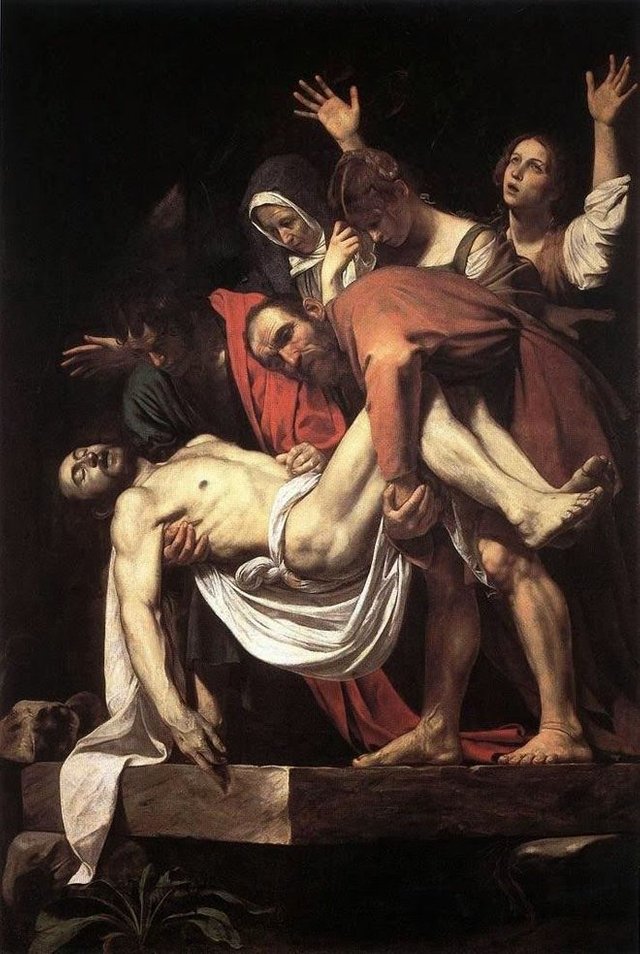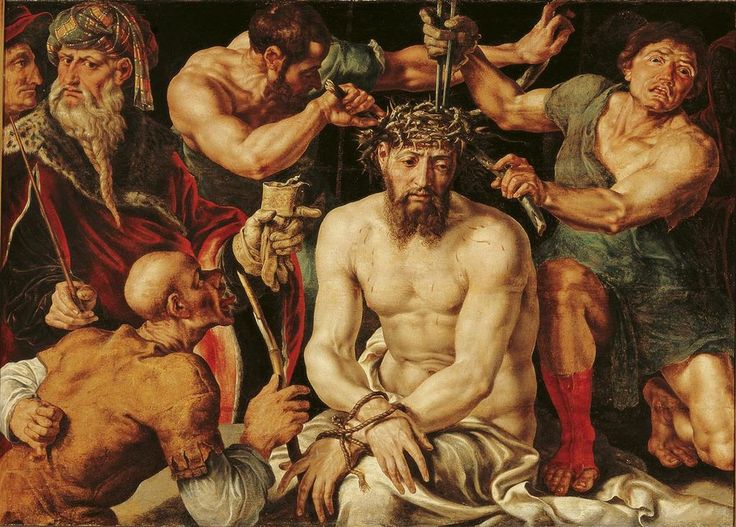Continuation Properties of Pigments

Paintings of the Birth of Christ, Lorenzo Costa, Birth of Jesus, 1490
Bleeding
In the case of some organic pigments being withheld from adoption, despite their superior lightfastness, there is an obstacle of bleeding to overcome. If a layer of white is applied over a layer of red this property of bleeding is present. Even if the red is completely dry before application of the white inevitably the color will come through. This bleeding tends to come through in very unpleasant streaks or blobs. Bleeding will never occur when insoluble inorganic colors are used, and undercoats are allowed to completely dry before further application. Any lightproof pigment, regardless of any faults when mixed with oil, can be used in pastel as such faults are of no significance.
Many inorganic pigments that have great permanence have been known for years, yet they have never gone past the testing stage due to economic reasons. As the industrial process advances mass production of these colors may become more profitable, and occasionally a known reliable color may become available to artists for the first time. However if use of the color diminishes it could just as easily slip from production. Due to this many artists become accustomed to the limits of the permanent palette, and very seldom do you see a demand for colors of more brilliancy than what's already on the market. Though colors such as geranium red and peacock blue have been at the disposal of commercial artists, illustrators, and others who work in reproduction, where survival of the original is of little importance, its fair to say that if this was an option available for easel painting only those that didn't value permanence would use them. However both artists and makers strive to come up with new and better pigments, and there is no reason this development shouldn't continue.
Most if not all the modern synthetic organic pigments are transparent. Although when used at full strength their intensity causes them to look more opaque, and when mixed with white their transparence causes them to create pure, clean tints. The ASTM does its best to create standards that help artists identify materials and there purity and permanence, but it must be kept in mind that these standards are not laws. Manufacturers are not obligated to conform, and while its in there best interest to do so their are also loop holes that can be exploited. A manufacturer can state the pigment as yet to be tested by the ASTM. If the pigment hasn't been tested yet its usually because the ASTM already has sufficient information to determine is inferiority. Manufacturers might also add a small amount of organic synthetic colorants to the paint. While costs in terms of pigments are the same to its inorganic counterpart, synthetic organics powerful tinting strength allows just a small drop added to a lot of filler can replaces a large amount of inorganic pigment. With this is nice for the company there is nothing stopping them from not putting this information on the label, which I'm sure they wouldn't want you to know. Now the artist is left to wonder why their colors don't mix the same as their instructors, and learning the craft is held from reaching potential

Raffaello Sanzio da Urbino 1483-1520
Luminescent Pigments
Several pigments are made with properties that give a glowing or luminescent effect. Also known by the name glow in the dark or "black light" paint. None of these materials are suitable for the fine arts applications, and are only being brought up for their decorative purposes. Luminous paint (phosphorescent paint) contains pigments that have the ability to store light when exposed for long periods of time. Once placed in a dark area this luminescence can be visually seen as a greenish or blueish glow. Usually made with zinc or calcium sulfides in a furnace with other minute compounds that help it produce the luminous effect. Its most common uses are in exit signs that can still glow even if their is a power outage, and its uses in the theater where outlets are not common and it only needs to glow for a short time, along with having its uses in the plastic industry. However its lack of ability to hold the glow for any real length of time keeps it from the artists palette. When you add minute traces of radioactive material to phosphors it causes an endless glow, but do to the toxicity of radioactive material its restricted from general use.
Fluorescent materials, unlike their phosphorescent counterparts, glow only when exposed to ultraviolet or "black light". The luminescent effect is completely removed once exposure to the light is switch off. Daylight fluorescent paints are a twentieth century development where such pigments create a luminescent glow when exposed to sunlight. These are now the paints most commonly referred to when talking about paint that glows. While they are not toxic from a fine arts perspective these paints permanence is to low to be considered for use in easel painting.

Maarten van Heemskerck (1498–1574). Christ Crowned with Thorns. circa 1550
Limited Palette
While it is possible to produce a fair range of hues through mixing black, white, and the three primary colors, with the various pigments available today its fair to also say there are some color effects that can only be created with some of the others. Depending on the desired color key or harmony of the painting can leave you frustrated if your working from a limited palette. Regardless of the desired result its not obtained by simply copy and pasting color, but by translating the color into the tones you want to use through manipulating the hue. Your choice in pigments are completely personal, possibly guided by the school at which you most adhere to, but it must be controlled through an understanding of the properties of each pigment that comes with experience.
If a painter limits the palette to one red and chooses light cadmium it becomes much easier to get some of the dull earth reds, but the tints and glazes that come from alizarin must be abandoned. If both are employed a match to some of the darker cadmium reds can be mixed, but if medium or dark cadmium comes in as a replacement for light cadmium some of the brighter vermilion shades can not be produced by mixing and adding yellow will only produce a muddy approximation. The vast number of greens that can be produced through a full palette are unlimited and hardly fair to say you would want them all, but limiting yourself to one yellow and one blue will hinder you from creating the complexity and variety seen in grass.
A pale lemon yellow is so different from some of the golden yellows that on a working palette they behave as two different pigments rather than two shades of the same hue. While the medium and deep hues act in in some cases look so similar that they can be viewed as almost the same hue. While the artists need for more and different colors, from a manufacturing standpoint its not economical to produce 15 shades of phthalo blue. That is why the ASTM has worked with manufactures to come up with the approved list of pigments that are needed to create a vivid and flexible palette. Some painters attach great importance to the flexibility of their palette while others pride themselves with using as few colors as possible. Its all a matter of personal preference and what feels comfortable to you.

Salome by Bernardino Luini
That will have to be it for today, damn computer erased some of it when i wasn't looking and i had to re type it lol.
If your an artist make sure you get yourself involved with my Weekly Sketch Contest!
https://steemit.com/art/@dcrockete/2nd-weekly-sketch-contest
Previous Educational Posts
History of Art
https://steemit.com/art/@dcrockete/the-history-of-art
History of Tempera Painting
https://steemit.com/art/@dcrockete/tempera-painting
History of Oil Painting
https://steemit.com/art/@dcrockete/the-history-of-oil-painting
The Artists Responsibility of Control
https://steemit.com/art/@dcrockete/the-artists-responability-of-control
Introduction to Pigments
https://steemit.com/art/@dcrockete/introduction-to-pigment
Furthermore on Pigments
https://steemit.com/art/@dcrockete/furthermore-on-pigments
Choosing Your Palette
https://steemit.com/art/@dcrockete/choosing-your-palette
Properties of Pigment
https://steemit.com/art/@dcrockete/properties-of-pigments
Your continued support is much appreciated. I'm glad you guys are enjoying this journey through education of the arts as much as I am. In arts recent past "education" has been a very low priority for many artists, limited to only learning the application and completely ignoring the technical. My goal with these posts are to change that idea as its clearly having an affect on the art community.
Gerat post, very educational. Definitely following you!
Thanks!